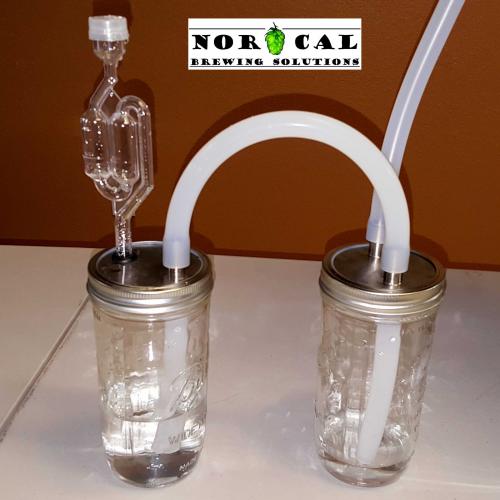Anishinaabe Brewer
Member
- Joined
- Jun 4, 2021
- Messages
- 8
- Reaction score
- 3
Hello folks,
I am concerned when I check my FG, I will have to open the lid on my primary 2 times. Once this evening and again tomorrow evening to see if has stopped dropping.
If it is ready to go into the secondary or almost ready, will the removal of my primary bucket lid add ridiculous amounts of Oxygen and let the CO2 out , TWO TIMES?
If it is not even close to ready, and have to open the lid another time or two, will I be tainting my beer?
If this is the case, how do i avoid issues?
I am concerned when I check my FG, I will have to open the lid on my primary 2 times. Once this evening and again tomorrow evening to see if has stopped dropping.
If it is ready to go into the secondary or almost ready, will the removal of my primary bucket lid add ridiculous amounts of Oxygen and let the CO2 out , TWO TIMES?
If it is not even close to ready, and have to open the lid another time or two, will I be tainting my beer?
If this is the case, how do i avoid issues?
Last edited:






